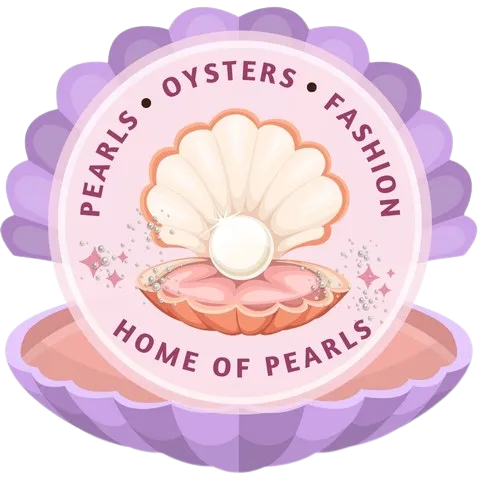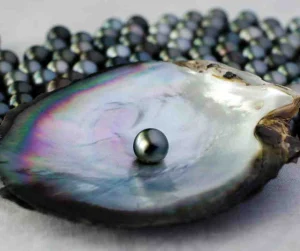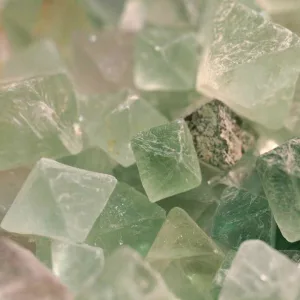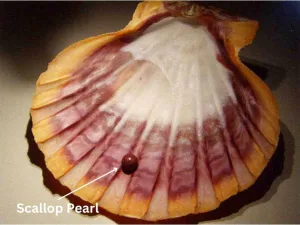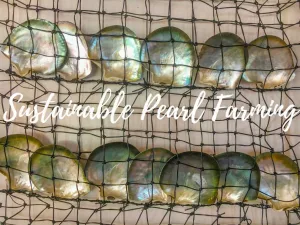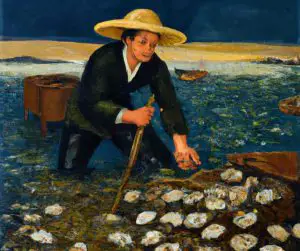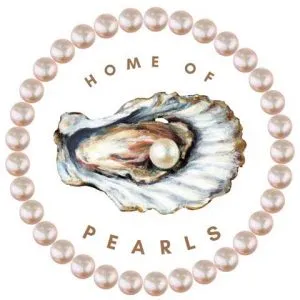Oysters belong primarily to the Margaritifera (pearl oysters of the sea) or the Unionidae (freshwater mussels) family. These oysters used mainly in the production of pearls are bivalves (two shells)(1). Also, pearls can be found in some univalve (one-shell) oysters. It is worth noting that pearls can be found within any mollusk whose shell has a nacreous surface (shiny, bright, and reflective).
Furthermore, mollusk shells whose interior is dull and opaque, such as most edible oysters, tend to be non-nacreous.
Types of oysters
The great majority of the pearls on the market today are from the Margaritifera family of oysters, which are common in tropical sea waters. Interestingly oysters from the Margaritifera family are not related in any way to the common edible oysters (Ostrea family) of America and Europe. Their flesh is rather fatty and glutinous and so is regarded as almost unfit for consumption by chefs and other oyster connoisseurs. Freshwater pearls in rivers, lakes, and ponds are found in pearl mussels (or mollusks). The Margaritifera family is the predominant mollusk used in the production of pearls.

The lifespan of oysters
Generally speaking, oysters grow slowly and take approximately six years to reach maturity. Most oysters live for periods varying from 15 to 20 years. The lifespan of an oyster, however, varies significantly between families of mollusks, location, water conditions, etc. For these reasons, some oysters have been known to survive for more than a century (e.g., the Panope generosa species of bivalves). See the table below for a summary of the maximum ages of various species of oysters.

Species of oysters and maximum lifespan
| Species | Maximum age in years |
| Adamussium colbecki | 7 |
| Amphidesma ventricosum | 9 |
| Argopecten japonicum | 2 |
| Callista chione | 40 |
| Chlamys islandica | 23 |
| Clinocardium nuttali | 18 |
| Musculista arcuatula | 2 |
| Panope generosa | >100 |
| Pinetada vulgaris | 8 |
| Penitella penita | >21 |
| Donax spiculum | 1 |
Based on Powell E.N and Cummins H (1985)(2)
References
1. McDougall C, Degnan BM. The evolution of mollusc shells. Wiley Interdiscip Rev Dev Biol. 2018 May;7(3):e313.
2. Powell EN, Cummins H. Are molluscan maximum life spans determined by long-term cycles in benthic communities? Oecologia. 1985 Sep;67(2):177–82.
